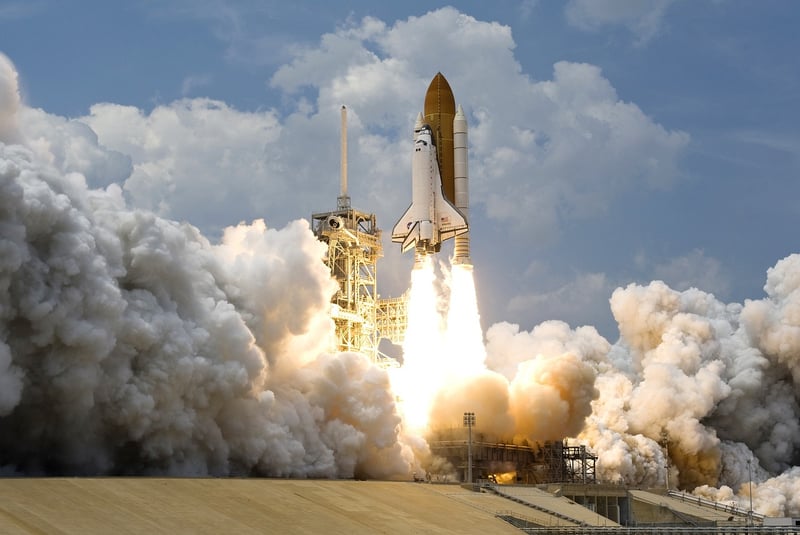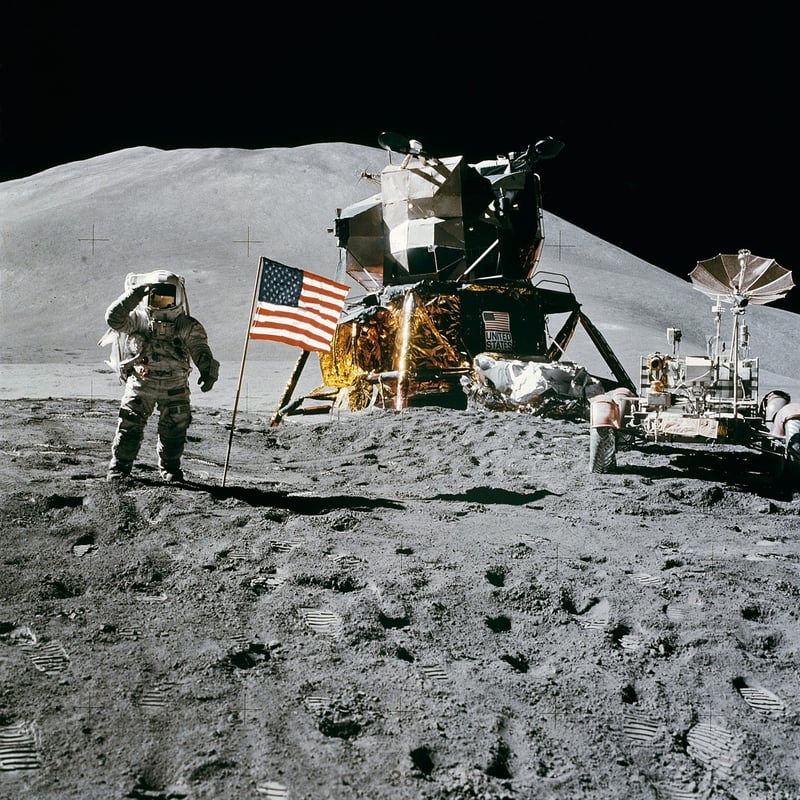Space Exploration
The Future of Space Exploration: Cutting-Edge Advancements
Space exploration has always been at the forefront of technological innovation and human curiosity. In recent years, significant advancements have been made in the field, propelling us closer to unlocking the mysteries of the universe. Let's delve into some of the cutting-edge technologies shaping the future of space exploration.
1. Ion Propulsion Systems
Ion propulsion systems are revolutionizing space travel by providing efficient and long-lasting propulsion for spacecraft. By accelerating ions to high speeds using electromagnetic fields, these systems offer a significant improvement in fuel efficiency compared to traditional chemical rockets.

2. Space Telescopes
Advancements in space telescopes have enhanced our ability to observe distant galaxies, exoplanets, and other celestial bodies with unprecedented clarity. Telescopes like the James Webb Space Telescope are opening new frontiers in our understanding of the cosmos.

3. Mars Colonization
Efforts to colonize Mars are gaining momentum, with plans to establish sustainable human habitats on the red planet. Innovations in life support systems, habitat design, and resource utilization are paving the way for future Martian settlers.

4. Asteroid Mining
Asteroid mining holds the promise of extracting valuable resources like water, metals, and minerals from asteroids. This could revolutionize space exploration by providing essential materials for future missions and space settlements.

5. Artificial Intelligence
Artificial intelligence is playing a crucial role in autonomous spacecraft operation, data analysis, and decision-making processes. AI systems onboard spacecraft are enabling real-time adjustments and enhancing mission success rates.

With these cutting-edge advancements and technologies, the future of space exploration looks brighter than ever. The possibilities are endless as we continue to push the boundaries of human exploration beyond our planet.
Explore more about space exploration at NASA's official website.
